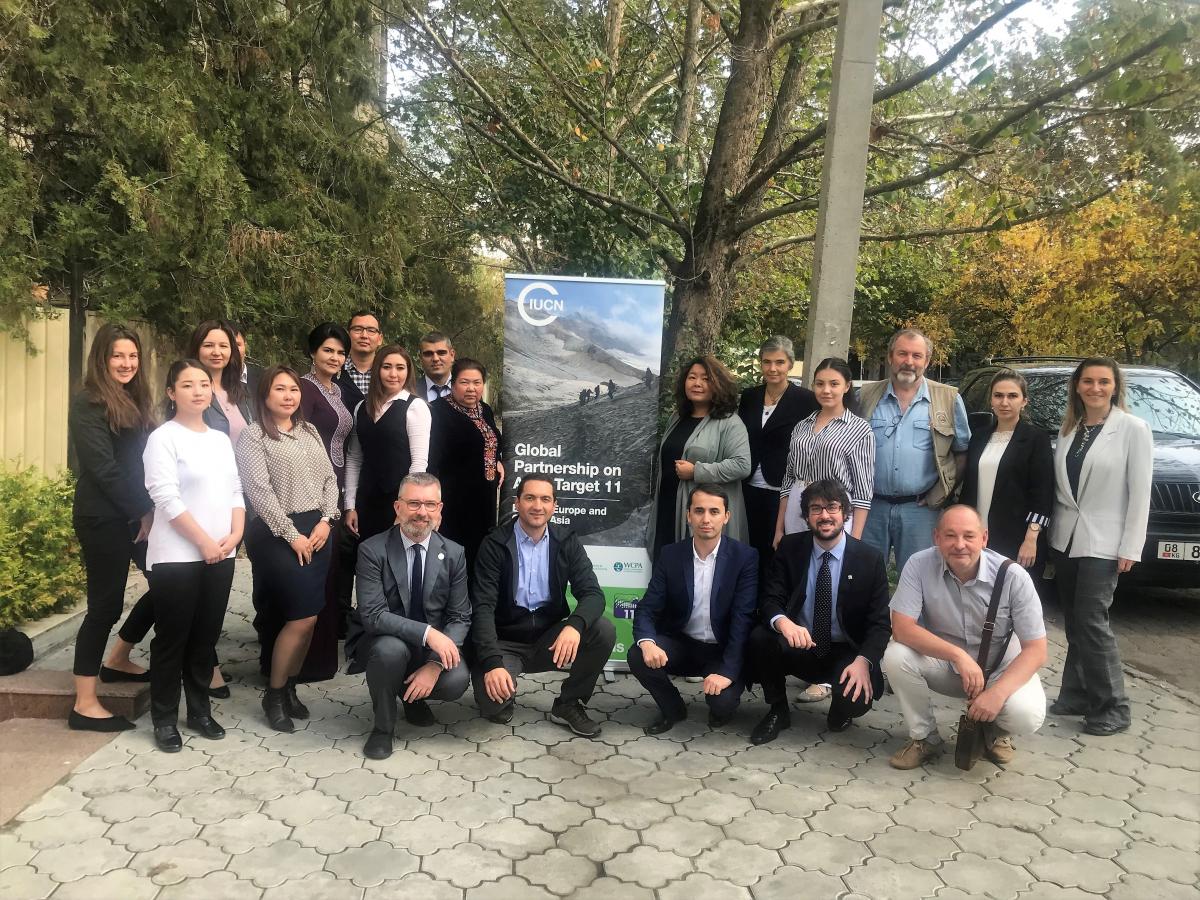Achieving Aichi Target 11 in Eastern Europe and Central Asia
Regional partnership for Eastern Europe and Central Asia was launched on 9 October 2019 in Bishkek, Kyrgyzstan, to facilitate reporting on the achievement of Target 11. As a first step, representatives of the Russian Federation and five Central Asian countries agreed to update the World Database of Protected Areas to reflect the national data. Experts reviewed the progress in the delivery of Target 11 and worked together to define regional priority actions, announcing expected designations of new protected areas, as well as the expansion of existing sites.
“I believe the launched regional partnership will help us take stock of where we are when it comes to the progress and reporting towards Aichi Target 11 and set future national targets in line with the post 2020 global biodiversity framework,” said Jakhongir Talipov from International office of the State Committee for Ecology and Environmental protection of Uzbekistan.
Capacity development for effective management and designation of new protected areas were singled out as priority actions for achieving Target 11 in Kazakhstan, the Kyrgyz Republic, Tajikistan, Turkmenistan, Uzbekistan and the Russian Federation.
Aichi Biodiversity Target 11 calls for the conservation of “at least 17% of terrestrial and inland water areas and 10% of coastal and marine areas […] through effectively and equitably managed, ecologically representative and well-connected systems of protected areas and other effective area-based conservation measures”. However, it is not all just about increasing the percentage of protected areas, how we manage and govern them is crucial, participants agreed.
“Only 10% of the sites in WDPA have been assessed when it comes to the management effectiveness,” said Marine Deguignet, manager of World Database of Protected Areas of UNEP-WCMC. “Our challenge is to increase this number and we are ready to support the countries of Central Asia in this effort,” she concluded.
Delegates also discussed the future of area-based conservation in the Post-2020 Global Biodiversity Framework and proposed recommendations. Interlinkages between protected areas and sustainable development and the inclusion of SMART elements for the future area-based target were highlighted as key aspects to be taken into account for the Post-2020 process.
The youth representatives from Kazakhstan greatly contributed to the exchange by sharing their inspirational points of view. “Engaging youth in the Partnership means the heritage of Target 11 and the responsibility to protect biodiversity will be passed through to next generations,” said Ms. Elvira Valiyeva, member of the Youth Department of the Kazakhstan National Man and Biosphere Committee. “We are very excited and stand ready to support the Aichi 11 partnership in our region,” she stressed in Bishkek.
Regional partnership for Eastern Europe and Central Asia is part of the Global Partnership on Aichi Target 11, funded by the Secretariat of Convention on Biological Diversity and the Japan Biodiversity Fund and implemented by IUCN Regional Office for Eastern Europe and Central Asia (ECARO). The Partnership will work through decentralised approach and consists of Parties, governments, relevant partners, regional agencies, bilateral and multilateral funding agencies.





